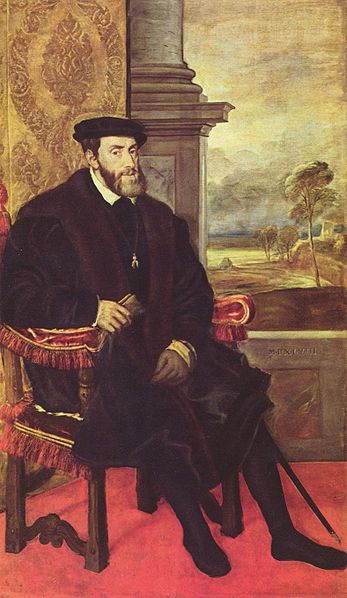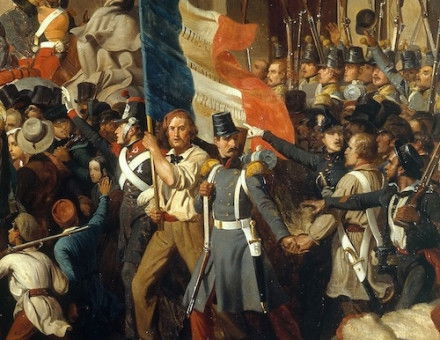Charles V’s Spanish Abdication
Having already resigned the sovereignty of the Netherlands in 1555, Charles V resigned Spain on January 16th, 1556.

In theory, Charles V was the most powerful monarch in Europe. A Habsburg, in his teens in 1516 he inherited Spain, which had been united by his grandparents Ferdinand and Isabella. In 1519 he succeded his paternal grandfather Maximilian I as Holy Roman Emperor.
He was Duke of Burgundy and Archduke of Austria and he also ruled the Netherlands, Bohemia, Hungary, Naples, Sicily and Sardinia. Ruling Spain meant ruling Spanish America and in Charles’s time Cortés took Mexico and Pizarro conquered Peru. The wealth of Spain paid for his efforts to control western Europe.
A fervent Roman Catholic, Charles hoped to unite all Europe in a Christian empire. Not only did the French and the English prove resistant to the idea, however, but in 1517 Martin Luther nailed his theses to the church door at Wittenberg: Charles’s ambitions foundered on the Protestant Reformation.





